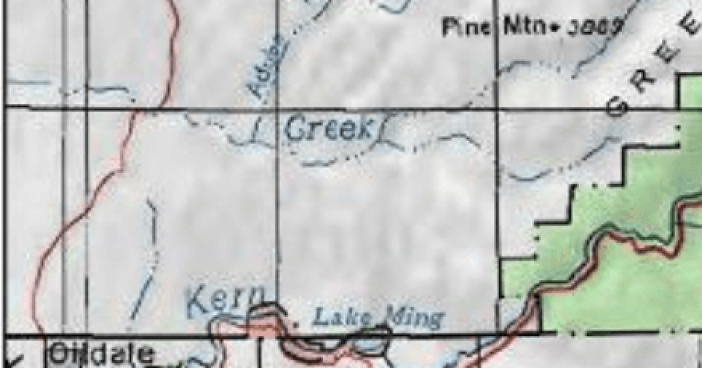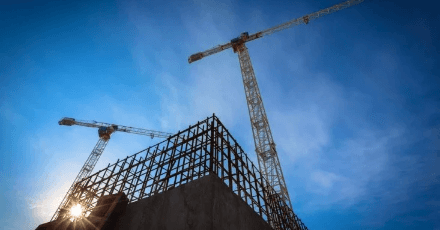In 2005 and 2006, FCS cultural resources management staff had the privilege of performing substantive archaeological investigations and analyses for a proposed off-road vehicle park northeast of Bakersfield, California. Although the project ultimately ended due to certain unavoidable impacts to
sensitive plants and water resources, our work on the project demonstrated how basic research and the consideration of avoidance alternatives could be used to avoid sensitive cultural resources within a large project area.
CEQA and NEPA Guidelines ask that environmental compliance specialists locate, document, evaluate and devise procedures to avoid significant and unique archaeological resources during the planning phase of a project. Because this particular project site had never before been surveyed by a qualified archaeological team, work on the project was expected to reveal new archaeological and historic sites of varying importance to local, state and possibly National histories. Poso Creek, which cut across a portion of the study area from northeast to southwest, was known to have been inhabited by the Foothill Yokuts tribe and their ancestors for thousands of years. The project area was also the site of small mining operations that began around the year 1870, and the remnants of historic mining and ranching sites first developed during the homesteading period were identified.
Our survey of the whole  property revealed the presence of more than 50 previously unidentified prehistoric archaeological sites. Several of these sites exhibited extensive trash deposits, stone tools, human and animal figures pecked into rock, painted drawings on the surfaces of sheltered boulder surfaces and deep mortars ground into bedrock outcrops. The ranchers built several structures that were historically important. Because these lands had been ranched for years and protected by stout fences, many of these sites had never been set foot upon since they were abandoned during the prehistoric period!
property revealed the presence of more than 50 previously unidentified prehistoric archaeological sites. Several of these sites exhibited extensive trash deposits, stone tools, human and animal figures pecked into rock, painted drawings on the surfaces of sheltered boulder surfaces and deep mortars ground into bedrock outcrops. The ranchers built several structures that were historically important. Because these lands had been ranched for years and protected by stout fences, many of these sites had never been set foot upon since they were abandoned during the prehistoric period!
Modern trash deposits, often created by hunters, did not exist on these archaeological sites, further strengthening the idea that we were exploring virgin territory. Discoveries such as these are for many archaeologists a once-in-a-lifetime opportunity, and we were very excited!
Many of the cultural resources we identified were deemed significant and therefore it was best that they be left alone during construction of the project. Native American input was also considered. FCS staff contacted several representatives of local tribal governments and certain State historic preservation staff, and conducted field visits to show what we had found.
These types of consultations and field meetings are crucial to providing stakeholders with information as to how important resources can be avoided or mitigated. In addition, these meetings help to gain the trust of tribal members and other authorities by allowing their input, resulting in greater understanding when the environmental compliance documents are presented for review. After all issues were considered, our staff proposed a series of alternatives that would have reduced direct impacts to cultural resources quite substantially.
Ultimately, our proposed project redesign would have avoided 80% of the identified sites, and construction-related archaeological mitigation measures would have avoided impacting buried sites or sites not identified during the environmental compliance review period. The work would have also created a new appreciation of the history of the area, and an understanding of that history and respect for prehistoric people would have been gained when off-roaders entered the Park. Certain areas would have been off-limits to recreational use and protective fencing would have been placed around key locations to redirect visitors away from certain sensitive areas. Although some excavation of sites in construction areas would have been necessary, our staff would have made sure most of the cultural resources are avoided to the extent that would have satisfied most stake holders if the Project moved forward.
FCS staff is motivated to perform thorough technical analyses in every project we undertake. We strive to keep clients informed of the latest changes in environmental compliance law. We understand how to develop projects as so to avoid significant environmental resources such as those seen herein. Our cultural resources management consultants carry over 100 combined years of experience, with most of it in the American Southwest. We provide a no surprises approach, and we know how to develop projects for you that can save time and money.





